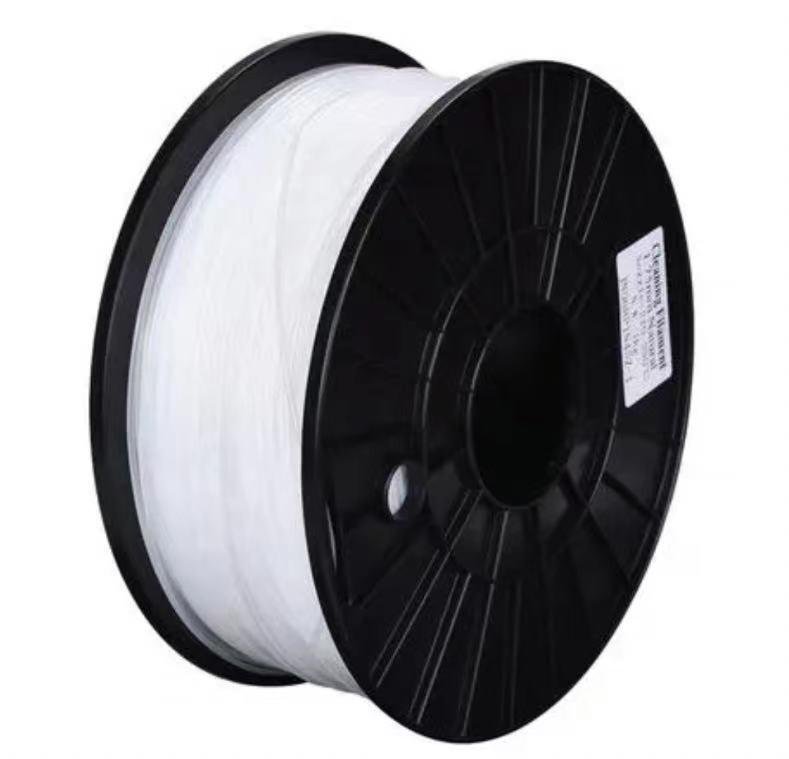Here are some general guidelines and considerations for 3D printing temperatures and Settings for ABS materials:
Print temperature:
ABS material is a composite material, usually composed of a combination of ABS (acrylonitrile butadiene styrene copolymer) and PA (nylon). When using ABS materials for 3D printing, it is necessary to pay attention to the melting point and printing temperature requirements of the two materials.
In general, the printing temperature range of ABA materials may be relatively wide, usually between 200°C and 260°C. It is recommended to determine the best printing temperature range based on the manufacturer's recommendations or product instructions for the specific ABS filament you are using.
Print bed temperature:
Similar to the print temperature, the print bed temperature of ABS materials is also a key parameter to pay attention to. In general, the printing bed temperature of ABS materials is usually between 80°C and 110°C. Ensure that the print bed temperature is high enough to ensure the adhesion of the printed object during the printing process.
Print speed:
Due to the composite properties of ABS materials, their printing speed may be affected. Higher print speeds may cause uneven melting or other quality problems. Therefore, it is recommended to start with a lower print speed and then gradually adjust to get the best quality.
Cooling fan Settings:
When using ABS materials, the setting of the cooling fan is also a factor to consider. ABS usually does not require a cooling fan, while PA may require cooling to avoid warping. Therefore, when using ABS materials, the cooling fan Settings need to be adjusted according to the specific situation.
Print environment:
Maintaining the stability of the printing environment and the appropriate temperature and humidity are essential for 3D printing with ABS materials. Try to avoid temperature fluctuations and humidity changes to ensure the stability and success rate of the printing process.
Test and adjustment:
Due to the composite nature of ABS materials, some testing and adjustments may be required to find the best printing temperature and setting. It is recommended to do some small scale test printing to optimize the parameters to get the best print results.
Please note that the above recommendations are general guidelines and specific ABS materials may have different printing requirements and optimal Settings. It is recommended that before using ABS materials for 3D printing, read the technical specifications and manufacturer recommendations of the materials in detail to ensure that the correct parameters are printed and high-quality printing results are obtained.



